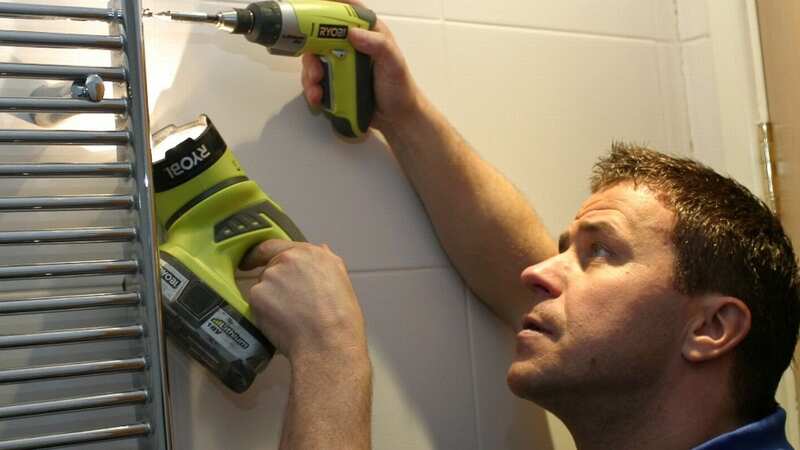
Winter is well and truly on the way - and as the UK faces high gas prices - now is the perfect time to start saving money on bills. The simplest first step is to bleed your radiator.
When you bleed your radiator you massively improve the heating efficiency in your home. A well-bled radiator gives out as much heat as possible. By bleeding the radiator, you're allowing the water in it to circulate freely by removing air bubbles that have been trapped in the piping system. Air bubbles can prevent your boiler from working correctly, costing you money and heat!
How do you know when a radiator needs bleeding?
The main way to tell is by feeling the radiator when it's on and working out if it's hotter in some parts than other. If it does need bleeding it is likely the heat distribution will be uneven — it could be hot at the top and cold at the bottom, or simply not heating up as much as it usually does. Working out if the job needs doing is all well and good, but how do you actually bleed a radiator, what tools do you need and does the heating need to be off? Fortunately, UK energy firm E.ON have put together a handy guide on how to get that pesky air out of your pipes, and it's very easy.
PLEASE NOTE: Bleeding your radiator is not the same as flushing the central heating system
How to bleed your radiator
You will need:
 Martin Lewis issues 8-week warning to phone users ahead of huge price hikes
Martin Lewis issues 8-week warning to phone users ahead of huge price hikes
- A valve key and a drip tray
- A jug or old cloth
It's a good idea, if you need to bleed more than one radiator, to start with the one furthest away from the boiler. If you live in a house split over multiple levels then start on the ground floor before working your way up.
1) Turn the heating off . This is a common question amongst novice radiator servicers, but its important that the radiator is totally cold before you start.
2) Identify the bleed valve . It is usually on the side of the radiator towards the top. Place your drip catching method of choice underneath it.
3) Insert the bleed key – If you don't have one a trip to your local DIY store should do the trick – turn anti-clockwise until air starts escaping. You should be able to hear a hissing sound when as it gets out.
4) When water starts to escape, shut the valve back off.
5) Repeat on all radiators that needed bleeding.
6) Turn the heating back on , checking everything is now working correctly.